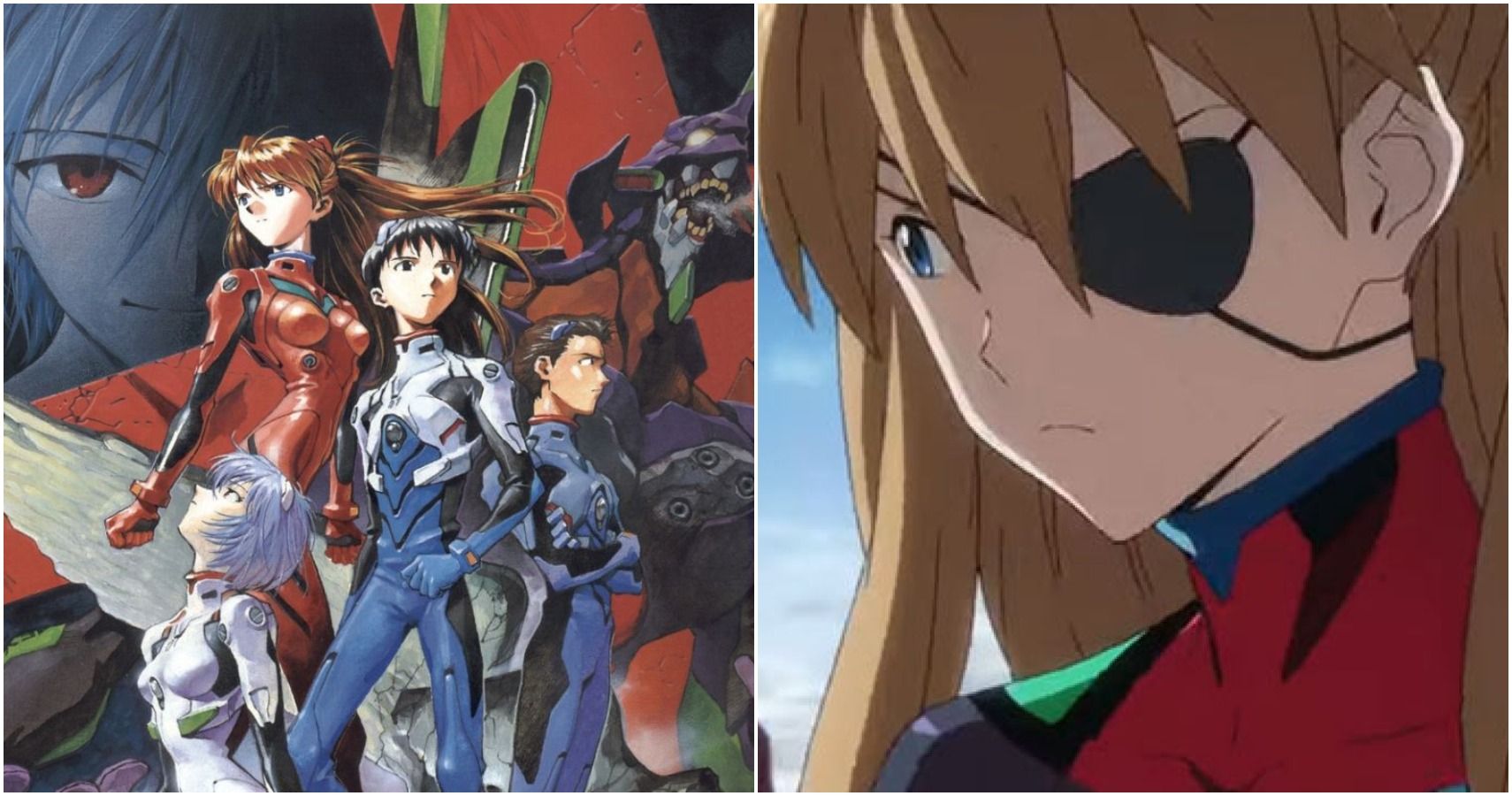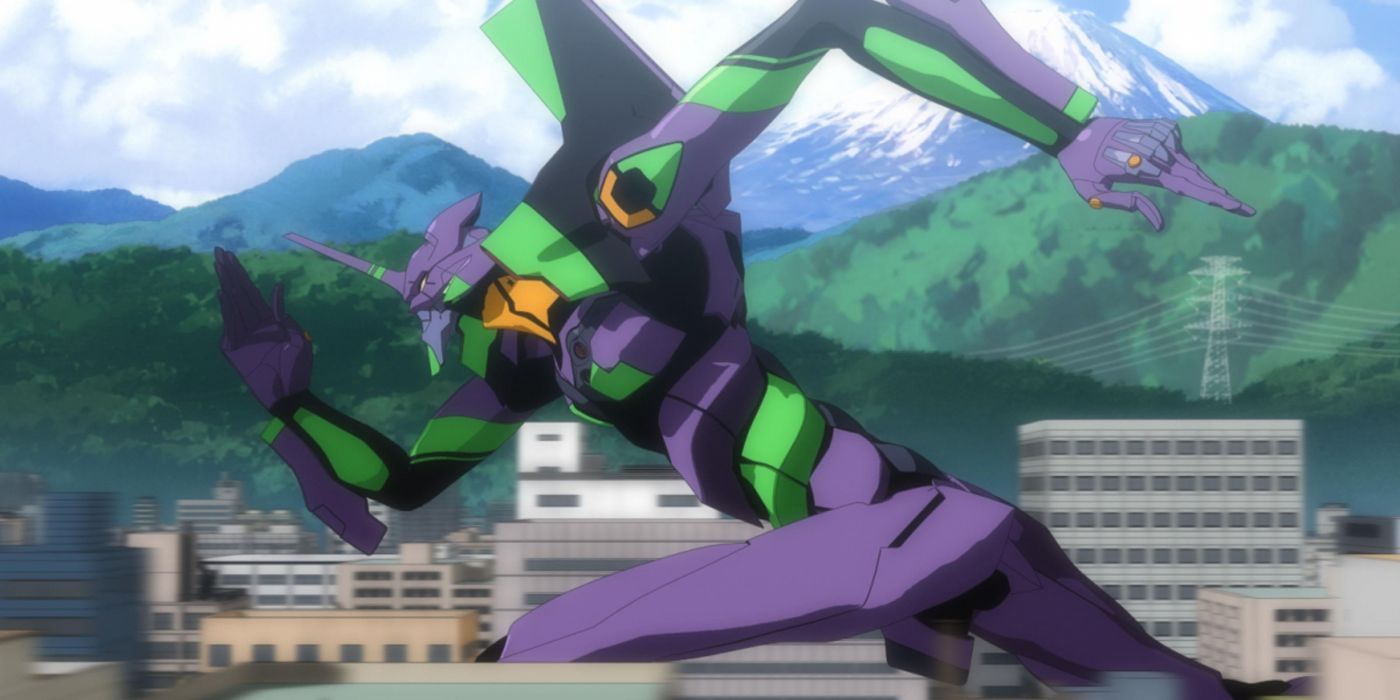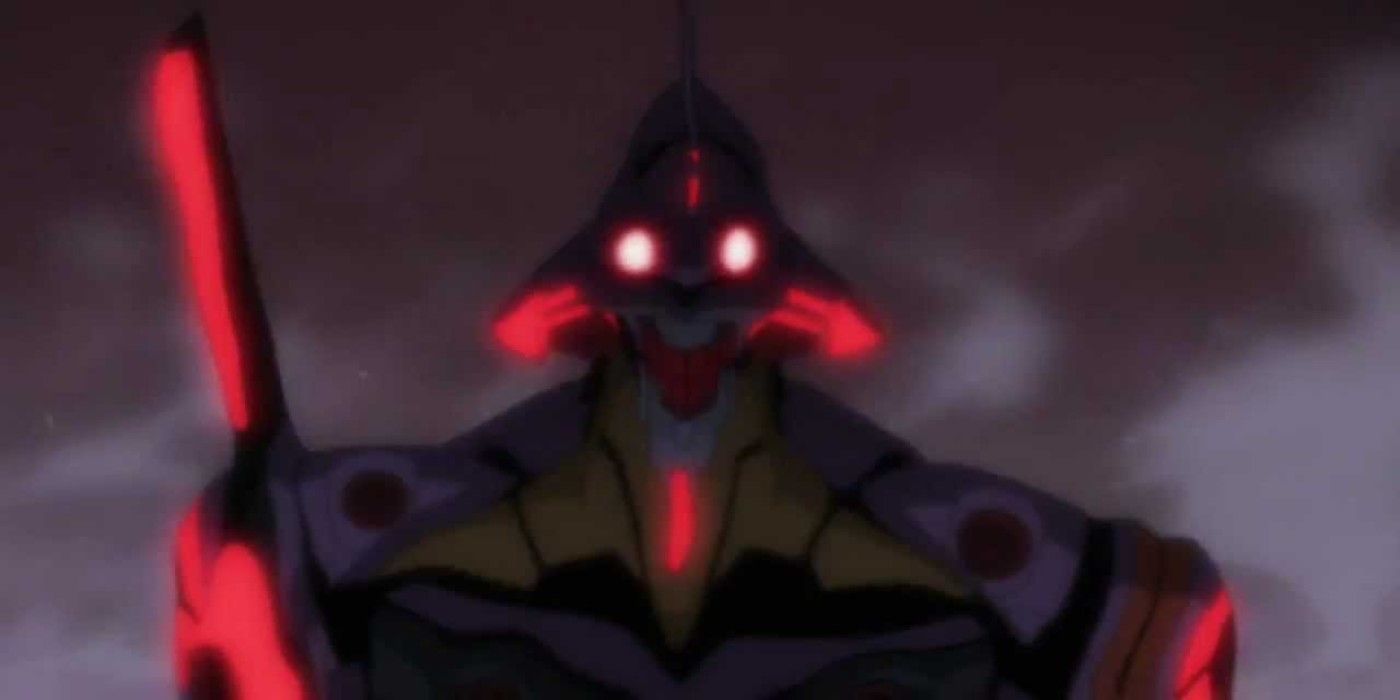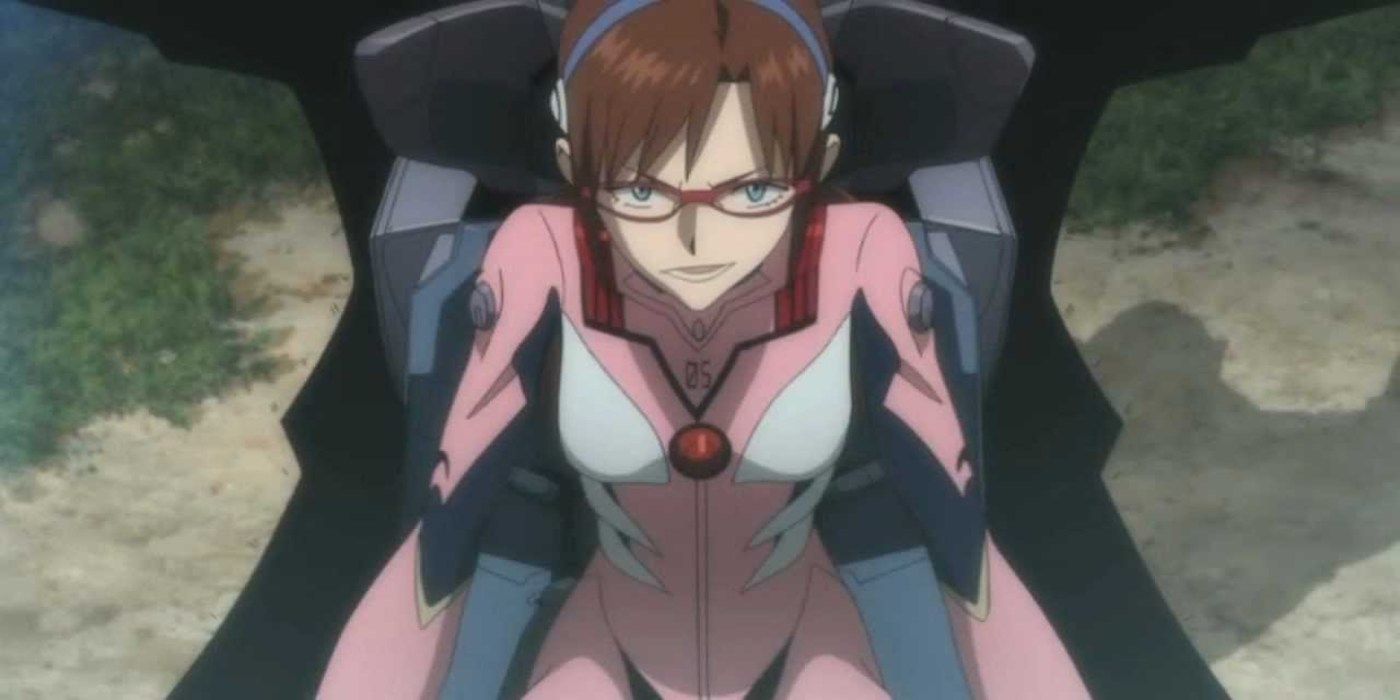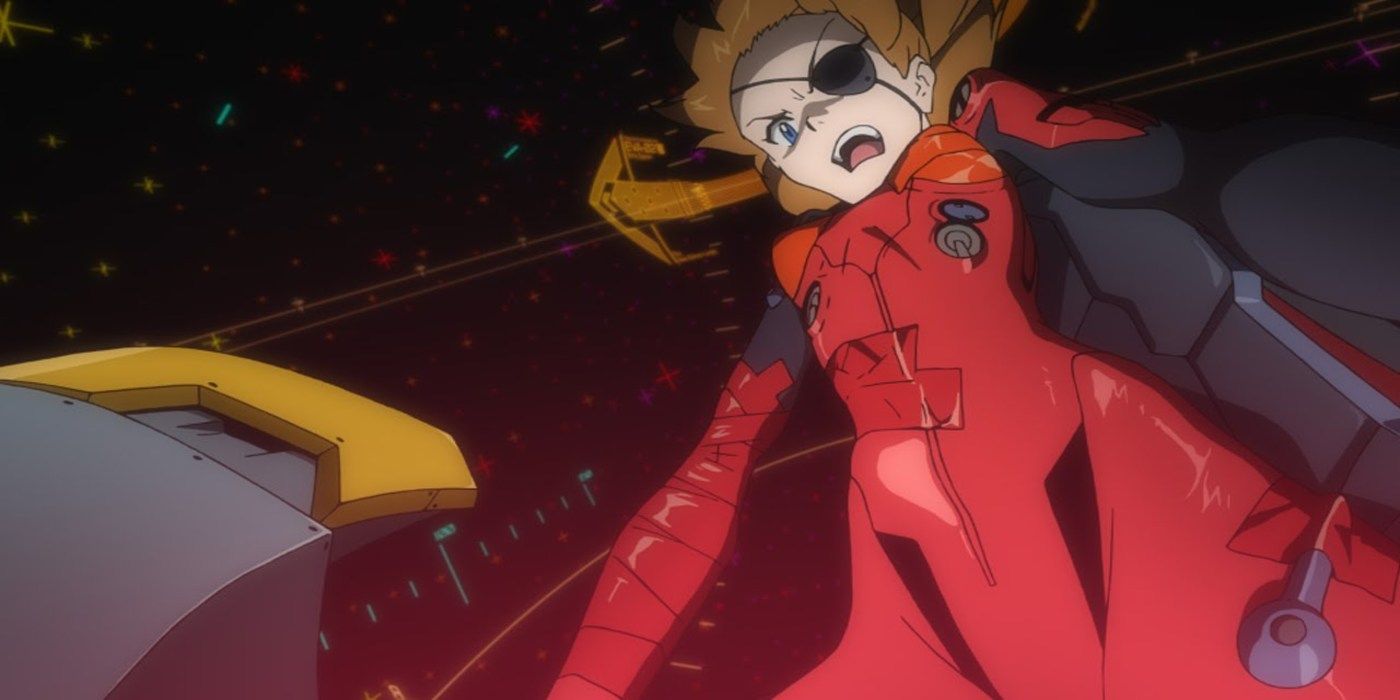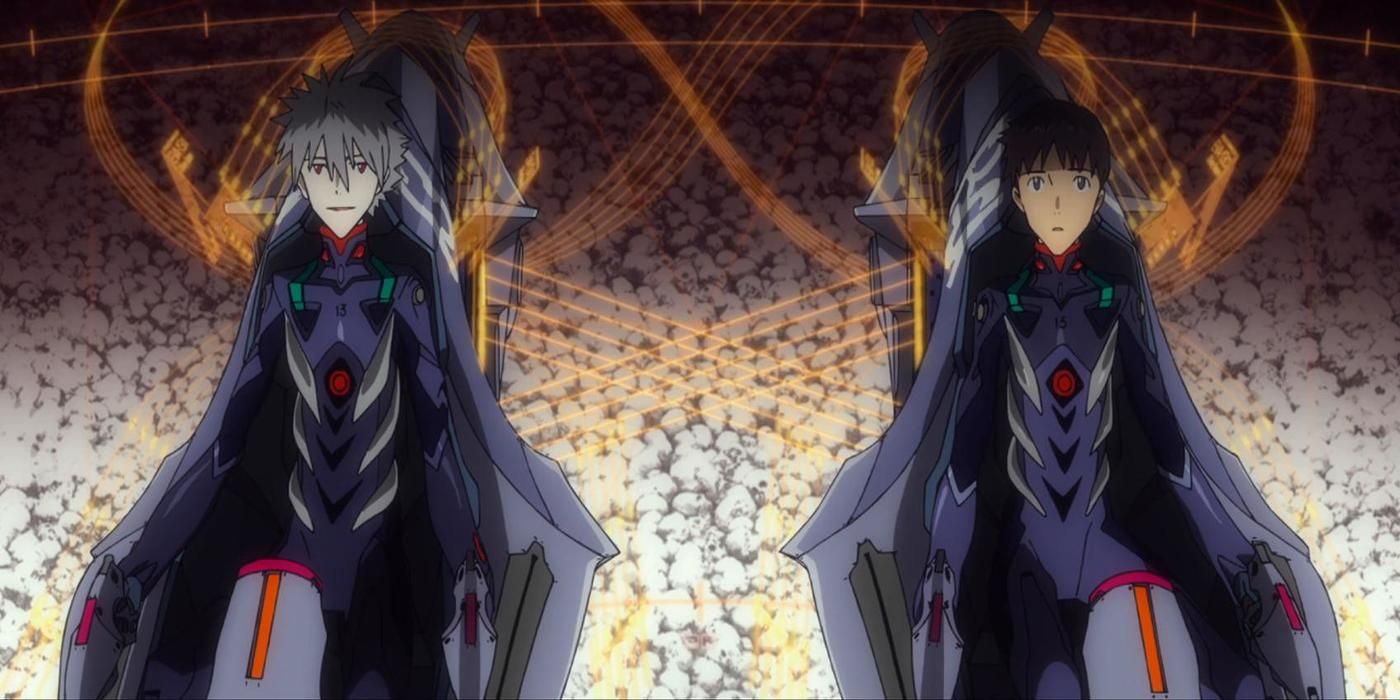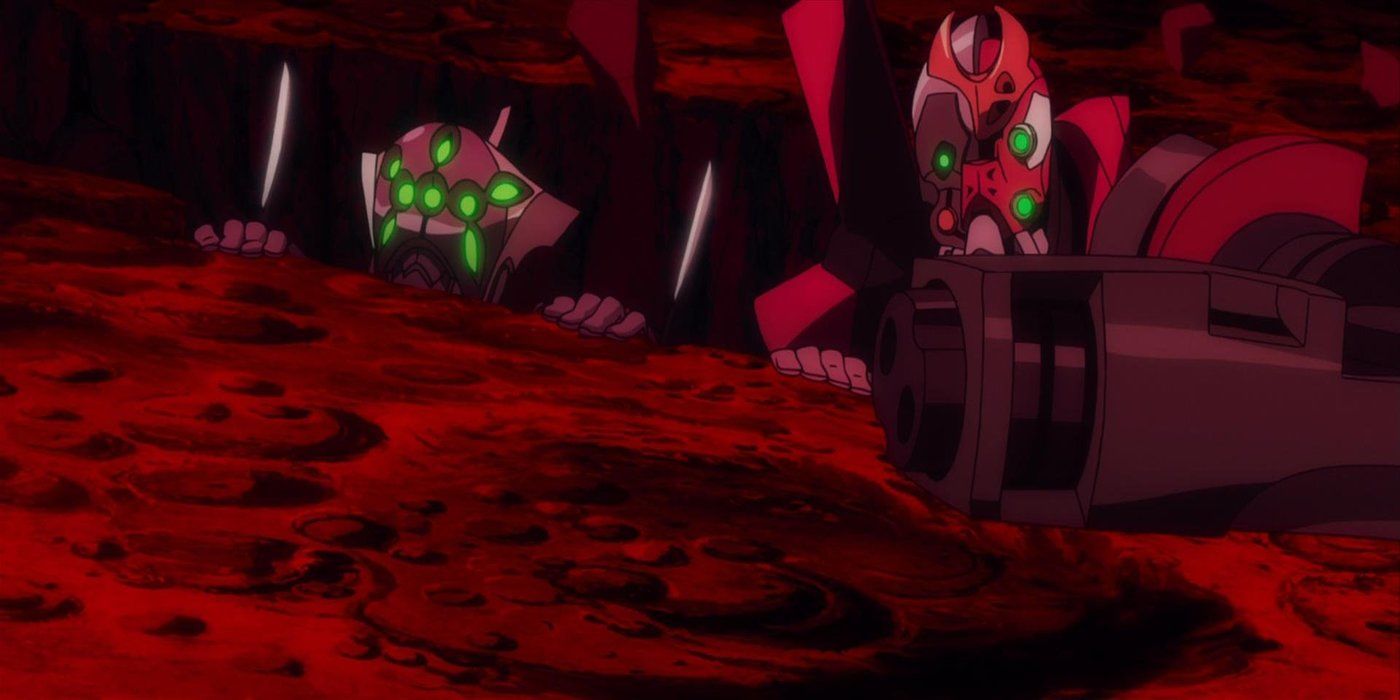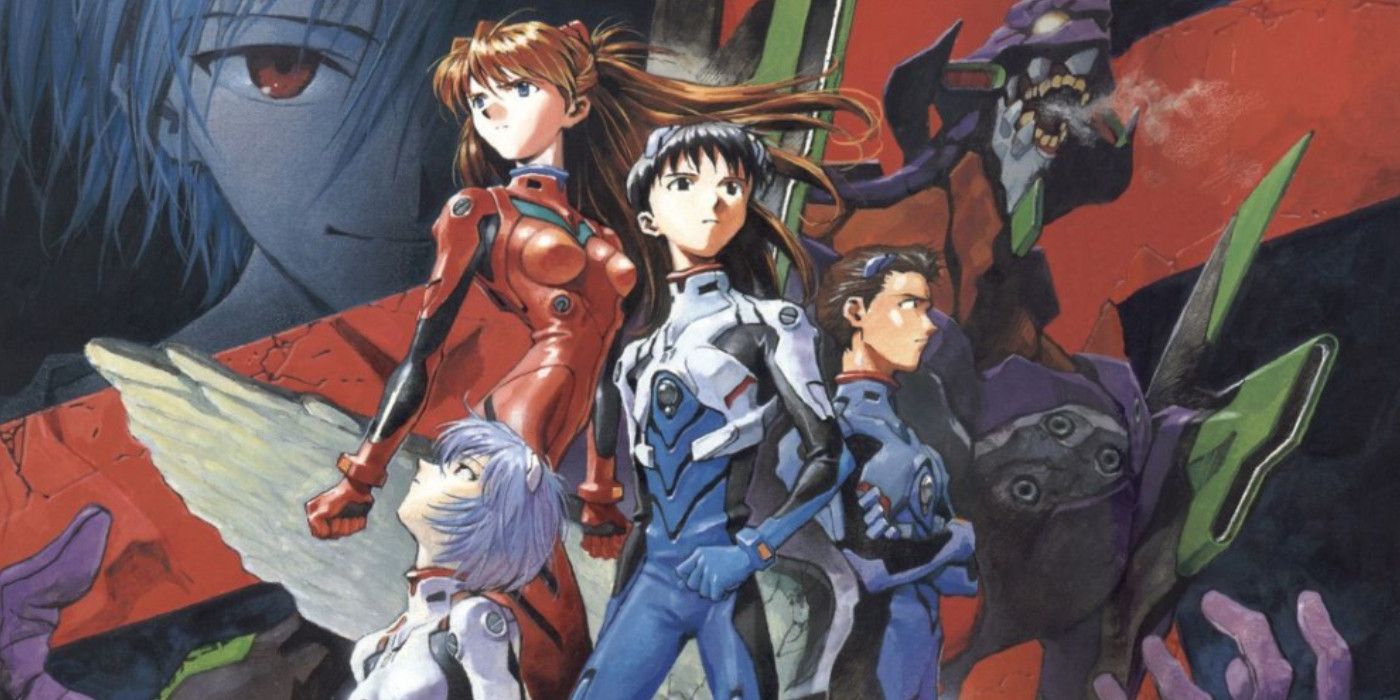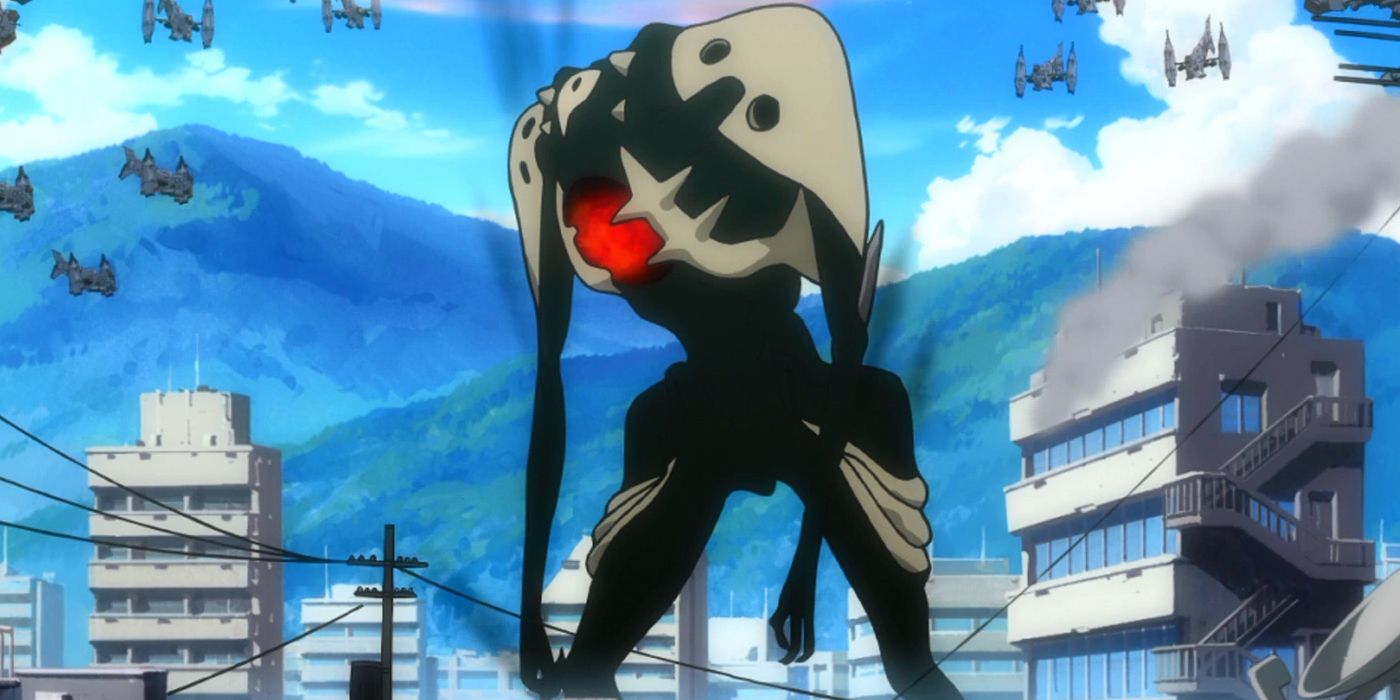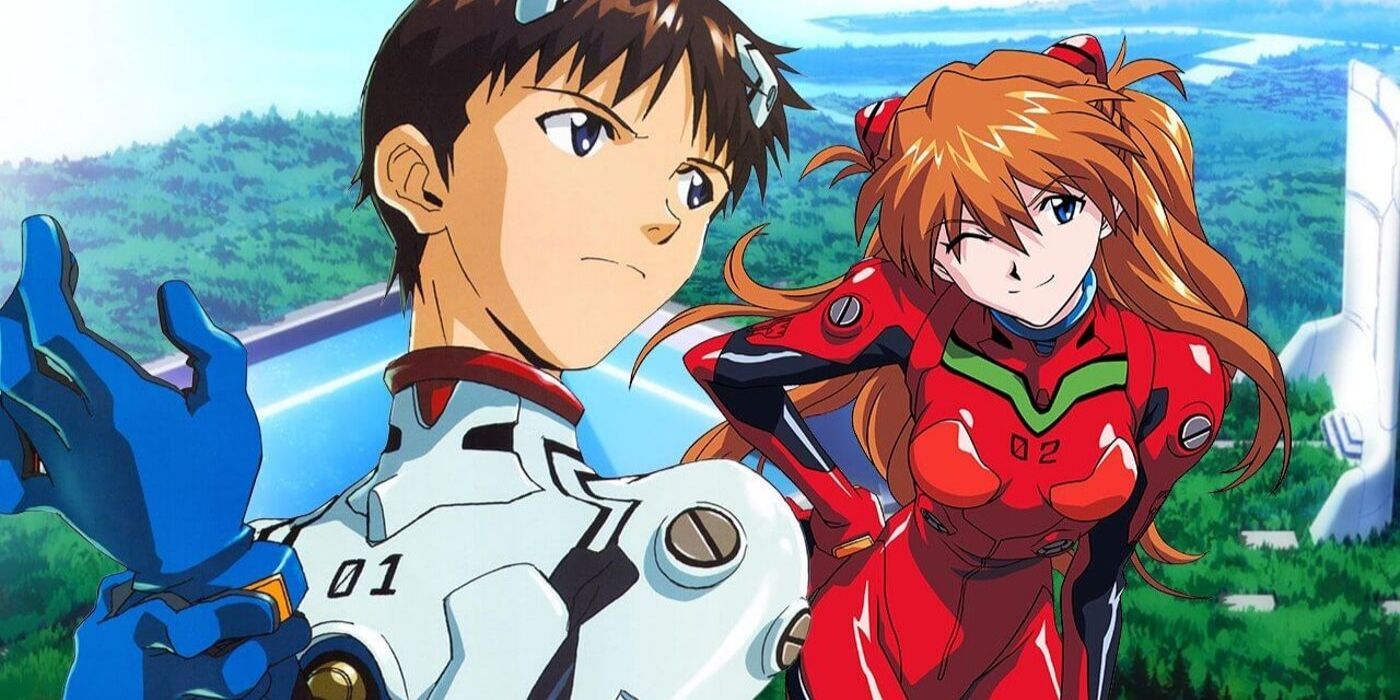Few anime are as memorable, as poignant, or as engaging as Neon Genesis Evangelion. For 26 episodes, the series took audiences on a psychological journey– a dive into the human psyche. At times uncomfortable and often upsetting, Neon Genesis Evangelion was less a mecha anime and more a psychological drama.
End of Evangelion drove that point home even further, expanding the series’ concepts of instrumentality and fully embraces its underlying existentialist themes. End of Evangelion marked a fitting end for the franchise and that could have been that, but the series has been trucking on ever since with games, spin-offs, and the infamous Rebuild of Evangelion. “Retelling” the main series, the Rebuilds make quite a few changes. Some surprisingly for the best. Others, unsurprisingly not so much.
10 Improves: Great Reimagining Of First Six Episodes
1.11, if nothing else, serves as a pretty decent remake of the first six episodes, shining a spotlight on Shinji and Rei’s little arc before Asuka is introduced. Honestly, it’s a clever way of turning the series into a film but probably not the smartest way to open the Rebuilds. For a series that ends up so wildly different, it’s strange to play the opening so straight.
But it does work and while it shouldn’t be taken as an alternative to those first six episodes, it is an excellent way of quickly revisiting Neon Genesis Evangelion as a franchise. It’s well animated, has the best atmosphere out of the three movies, and features a great score.
9 Doesn’t: No Room To Breathe
That said, while 1.11 does a surprisingly good job at weaving those first six episodes into an entertaining movie, both 2.22 and 3.33 end up with serious pacing issues. Even during downtime, it feels like there’s never any time to breathe, especially when compared to the original series which make good use of silence and slow pacing.
The Rebuilds move way too fast, to the point where 3.33 sees a shocking time skip, one that does more harm than good in the grand scheme of things. With 3.0 + 1.0 set to wrap the Rebuild up, there’s no change the film will be anything but fast paced.
8 Improves: Indulges In Spectacle
With the power of a decent budget on their side, the Rebuild of Evangelion can allow itself to indulge in spectacle far more than the main series could. 1.11 makes excellent use of neon lighting, 2.22’s animation is downright breathtaking at times, and 3.33 has some incredible sequences on a whole.
Regardless of one’s opinions on the Rebuilds, it’s hard to deny that they’re very mesmerizing pieces of animation. Each one has its own distinct style, feel, and tone, but they all have the budget to knock those big Neon Genesis Evangelion moments out of the park.
7 Doesn’t: Mari Is A Bad Addition
Mari’s been in two movies and there’s still no real substance to her character. Her motivations are unclear, her origins aren’t even worth considering at this point, and she has yet to contribute to the plot in a way that’s truly meaningfully– in a way that actually justifies her existence. Everything Mari says or does could have been given to a pre-existing character.
She takes up space and lacks development. Mari blatantly exists for fan-service purposes, pandering to NGE’s otaku fanbase. It’s disappointing, but it makes sense considering how merchandise happy the series has always been. Mari is little more than an action figure.
6 Improves: Better Animation
Neon Genesis Evangelion infamously ran into animation issues over the course of its 26 episode run. The last two episodes even feature limited animation due to the series’ ever-growing budgetary restrictions. With the franchise now an established moneymaker, however, the Rebuild movies don’t have to worry about the budget as much.
Scenes are consistently well animated, but the Rebuilds still keep things experimental. Not as much as the original series, but to a respectable degree. 2.22 in particular is exceptionally well animated, with some high points that arguably even rival that of the main series and End of Evangelion.
5 Doesn’t: Worse Art Direction
That said, Rebuild of Evangelion doesn’t look nearly as good even if it’s better animated. The art direction doesn’t feel anywhere near as cohesive. 1.11 and 2.22 are visually quite similar and do look like a modernization of the main art style, but 3.33 goes in a completely different direction, making the third movie come off incohesive with one another.
It doesn’t help that NGE’s limitations ended up serving as one of its strengths. Without the budget to animate everything fully, what art there was had to look good, often leading to the main series relying on excellent direction to pick up any budgetary slack.
4 Improves: Better Action Scenes
Awkward art direction aside, the Rebuild movies thrive when it comes to action. 3.33’s opening is one of the best action sequences in the entire franchise, with excellent fight choreography, crazy visuals, and animation that blows just about everything from the main series out of the water. Not even End of Evangelion can compete with the action highs of 2.22 and 3.33.
All signs point to 3.0 + 1.0 at the very least seeing some great action. Its little preview already promises combat, but trusting a Rebuild preview isn’t always the best idea. Either way, it seems unlikely that the Rebuilds will end without some sort of a final fight considering how much more action-oriented they are.
3 Doesn’t: Characters Lack Depth
One of the biggest problems with remaking a television series into a four-part movie franchise is the inevitability that audiences will realize the characters in the film version aren’t nearly as in-depth. They can’t be, the movies simply don’t have time to flesh everyone out. Even if someone like Shinji gets out the other side fine, pretty much all the supporting characters are left to rot.
Even Asuka, one of the series main characters, is significantly less interesting in the Rebuilds than in the main series. The Rei who had actual character development doesn’t even exist anymore, and 3.0 + 1.0 is going to have to do a lot of heavy lifting to get Shinji anywhere close to a character arc resolution.
2 Improves: Expands The Series’ Lore
Neon Genesis Evangelion’s lore has been gradually expanded since the series’ original end with End of Evangelion. Concepts that the main anime couldn’t touch on have been expanded on in spin-offs, the manga adaptation, video games, and even the Rebuild. There’s plenty of evidence to even suggest that Rebuild is a sequel, a part of an endless cycle.
It’s interesting and 3.0 + 1.0 will likely point to one of two directions on that matter, but all three films have helped expand the series’ lore: from recontextualizing the Angels to expanding Kaworu’s role and triggering Third Impact early to show off an even further ruined world. It’s compelling cinema.
1 Doesn’t: Zero Sense Of Direction
Too bad these movies clearly have no idea what they’re trying to do. It’s certainly plausible that 2.22 was so stereotypically shounen to make 3.33 return to form more impactful, but the animation disconnect between movies just seems to suggest some shifting of ideas between films. It makes sense, though, these movies began as remakes.
There’s no way the series would have started with a straight-up remake of the first six episodes had 2.22 and 3.33 actually been planned in advance. It doesn’t seem like the Rebuild movies are actually building towards anything. Their main appeal is just seeing how the series has changed between mediums.

